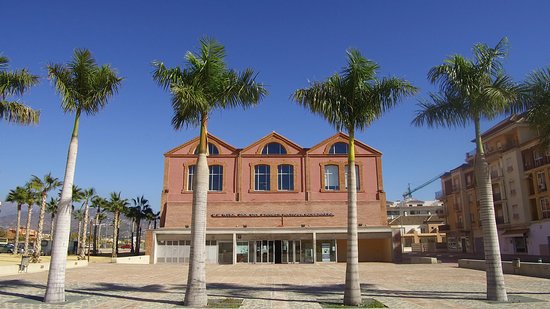Between the fields facing the sea and the mountains, the Torre del Mar Sugar Factory rises as a silent witness of another era. Its brick walls, marked by time, preserve the echo of machines and the murmur of workers who once filled the air with the sweet scent of sugarcane. Where steam and iron once roared, silence now reigns—a dense silence that seems to guard the industrial pulse of a past that shaped an entire region.
The factory was more than a workplace: it was the heart that drove the town’s growth, the symbol of an age when sugar meant wealth and progress. The chimneys, still standing, point to the sky like towers watching over the memory of those days when the sound of gears marked the rhythm of Torre del Mar.
With time, the Sugar Factory changed. What was once industry is now heritage, and what was once labor has become history. Each brick tells the story of those who worked there—men and women who, amid boilers and cane, built more than sugar; they built an identity.
Today, its silhouette still dominates the horizon like a beacon of memory. The sunset light dyes its walls copper, and the wind from the sea seems, for a moment, to return the warm breath of its past. The Sugar Factory no longer works, yet it remains alive—in nostalgia, in old photographs, in the gaze of those who still remember the time when sugar was the soul of Torre del Mar.

